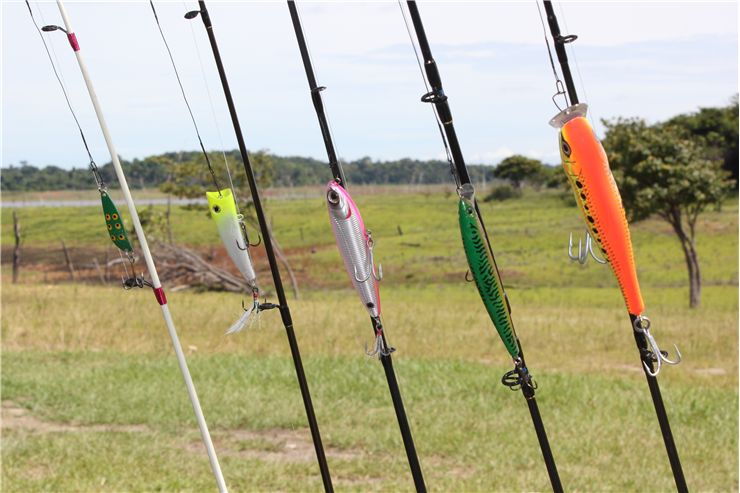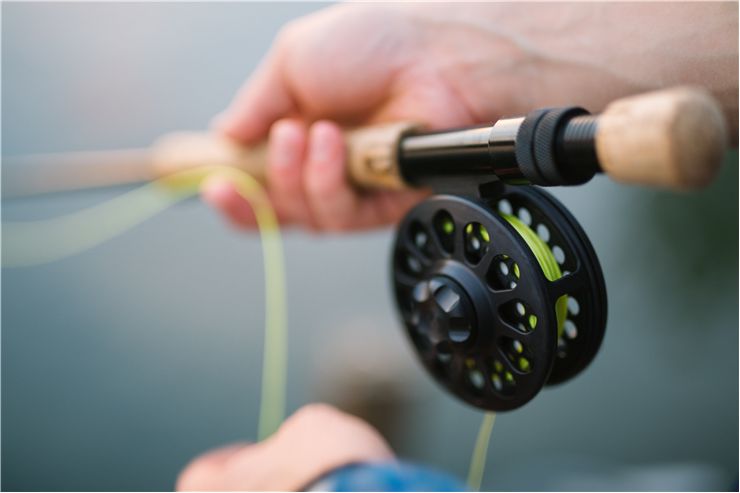History of Fishing Rods
Fishing rod (or a fishing pole) is a part of fishing equipment used to catch fish by angling. It is a simple stick or pole with a line ending in a hook which is known as an angle.It is made of bamboo, wood or synthetic materials like glass fiber composite or carbon fiber composite. It holds a line and hook, helps fisherman to cast the hook and bait further and have a better control over the line.
History of fishing rods go back to ancient Egypt and China. By stone inscriptions (dating back to 2000 BC) fishing rods were used in ancient Egypt, China, Greece, Trinidad and Tobago, Rome and medieval England. But fishing rod was invented even earlier.
When people started to fish in prehistoric times, they used bare hands but catch the fish that was in shallow water. This method was not practical in deeper water so someone invented fishing hook and a line. First fishing hook was so-called “gorge” hook – short piece of wood or bone, pointed at both ends and tied with a line at the middle. Next type of fish hook was in a shape of a hook and looked like the hook we know today. It was made of wood, bone, shell or stone. These hooks were also tied to the line but were unpractical to use because the fisherman would cut his hands when the fish starts to pull and has less control on where baited hook will fall.
Because of that people started tying a line to a fishing rod. Simplest wooden poles that had line tied to an end are called “cane poles” and were in use by many early civilizations. Next invention was running rings which lead the line along the rod and allow for longer line to be used. Longer line was needed to tire the fish that is caught and make it easier to pull out of the water. Longer line could entangle so someone invented a reel – a spool that is fastened to the bottom of the rod which holds the rest of the line and allows for line (and caught fish) to be reeled in.
Recreational fishing with rod, line and hook became popular in 15th century. People of that time used rods made from one piece of wood and 4 meters long. Jointed rod appeared in the 18th century with wooden bottom part a bamboo top which gave the rod greater flexibility. Industrial Revolution also brought lines made by machines instead handmade lines made by fisherman as was the only way of obtaining a line before then. People started importing lighter wood for rods from South America and the West Indies. In the 19th century, composite bamboo rod appeared that was lighter and stronger than any rod before. Bamboo was cut into three layers, glued again and shaped into a hexagon. These split-bamboo rods are still popular in fly fishing today which says something about them. 20th century brought rods made from synthetic materials (like fiberglass) which generally replaced others because they were cheaper, more flexible and less sensitive to weather conditions. Boron and graphite rods appeared in the 1960s and 1970s with graphite now predominant because it is a cheaper material. Most fishing rods are today made to be telescopic or with ferules so they can be easily assembled and disassembled. Some manufacturers make fishing rods out of stainless steel.

